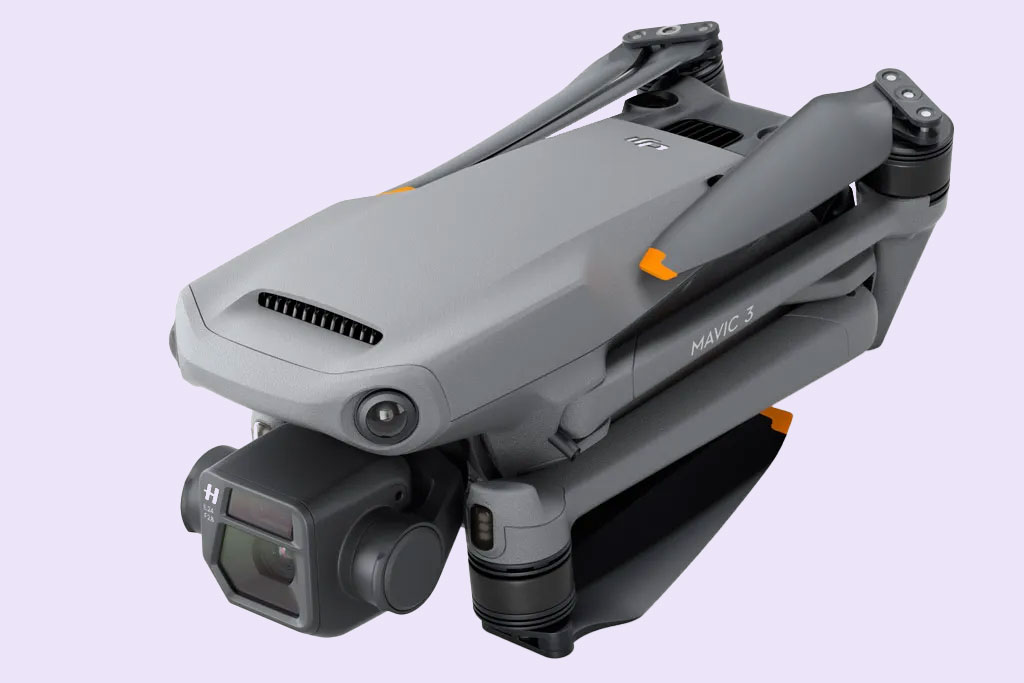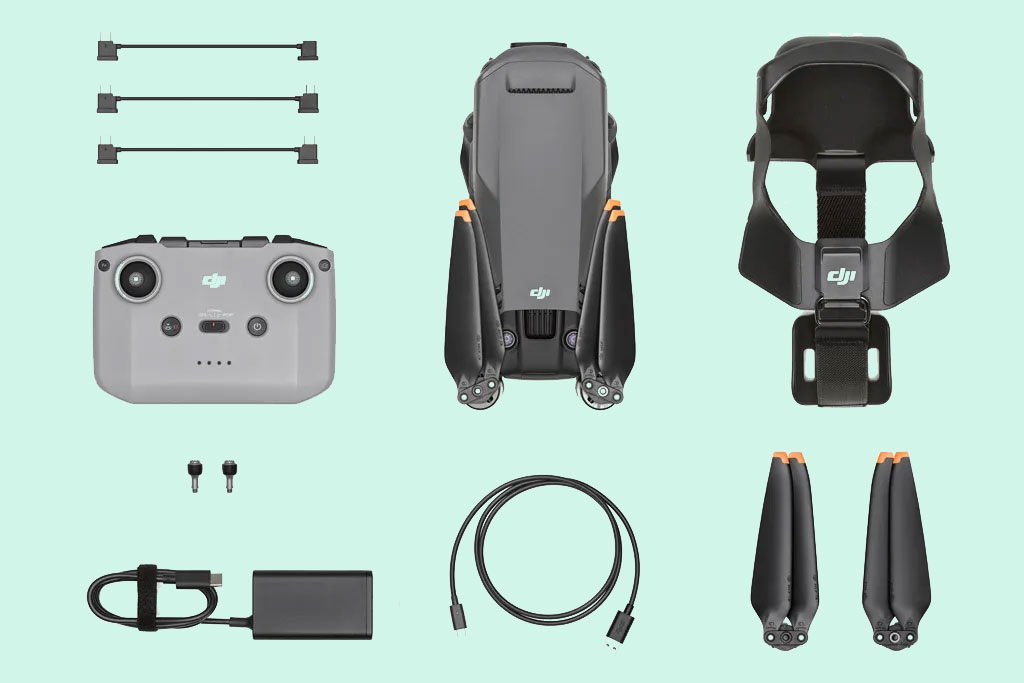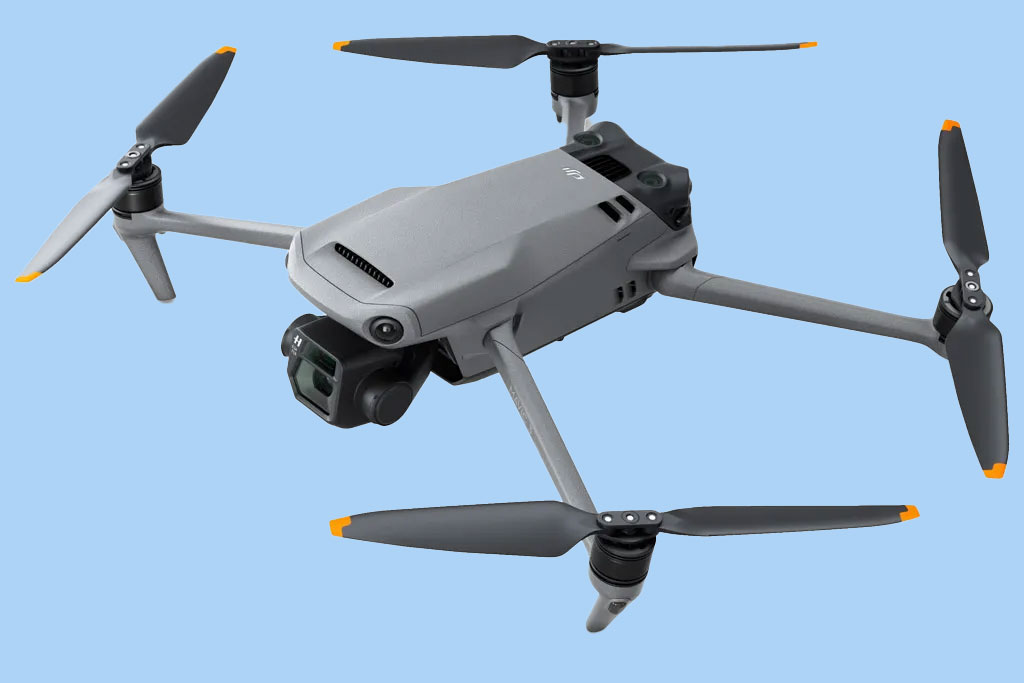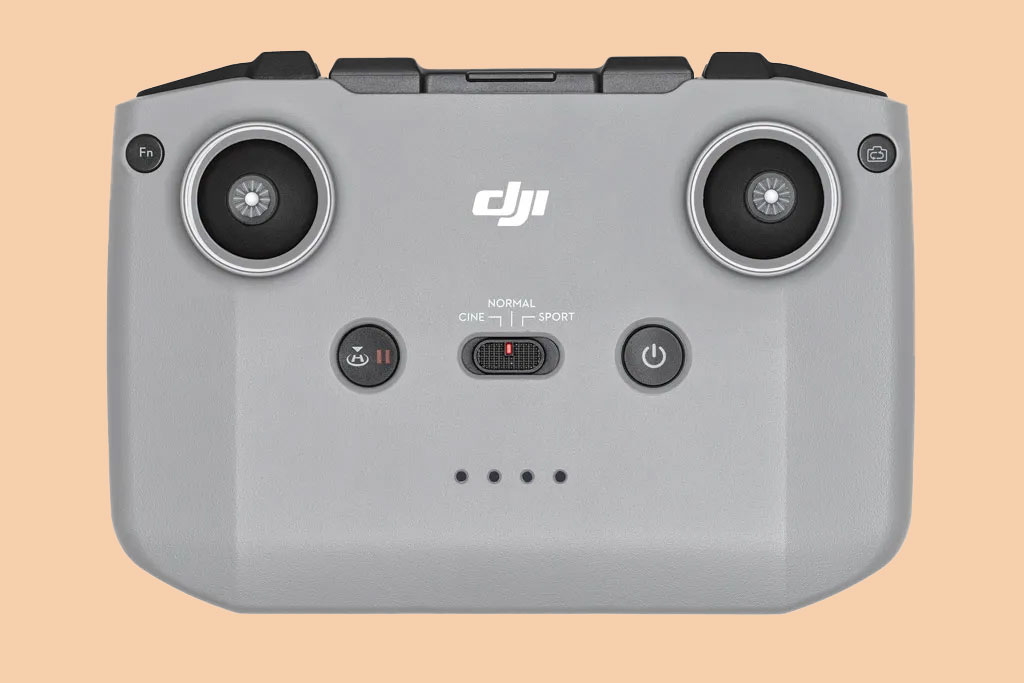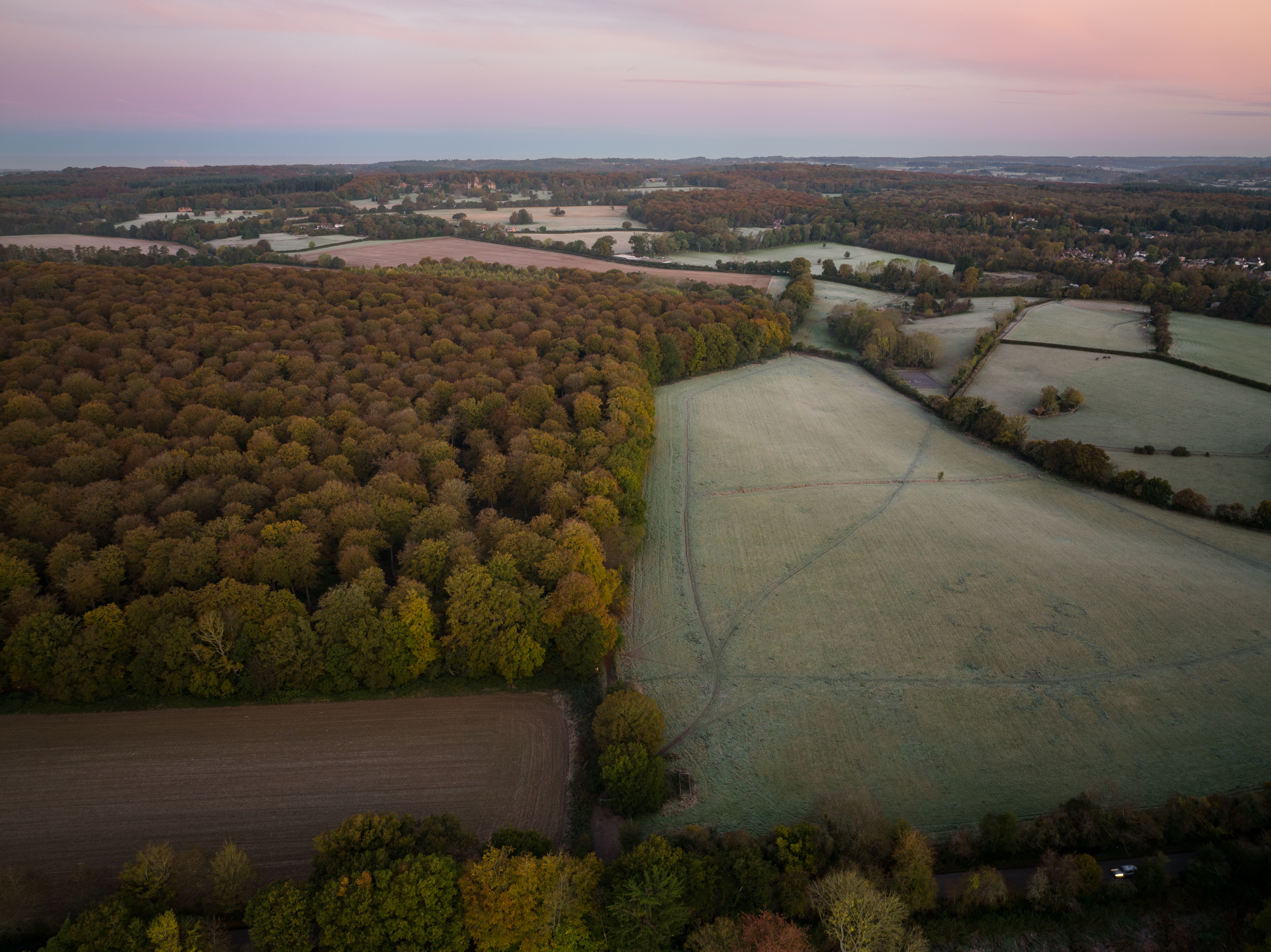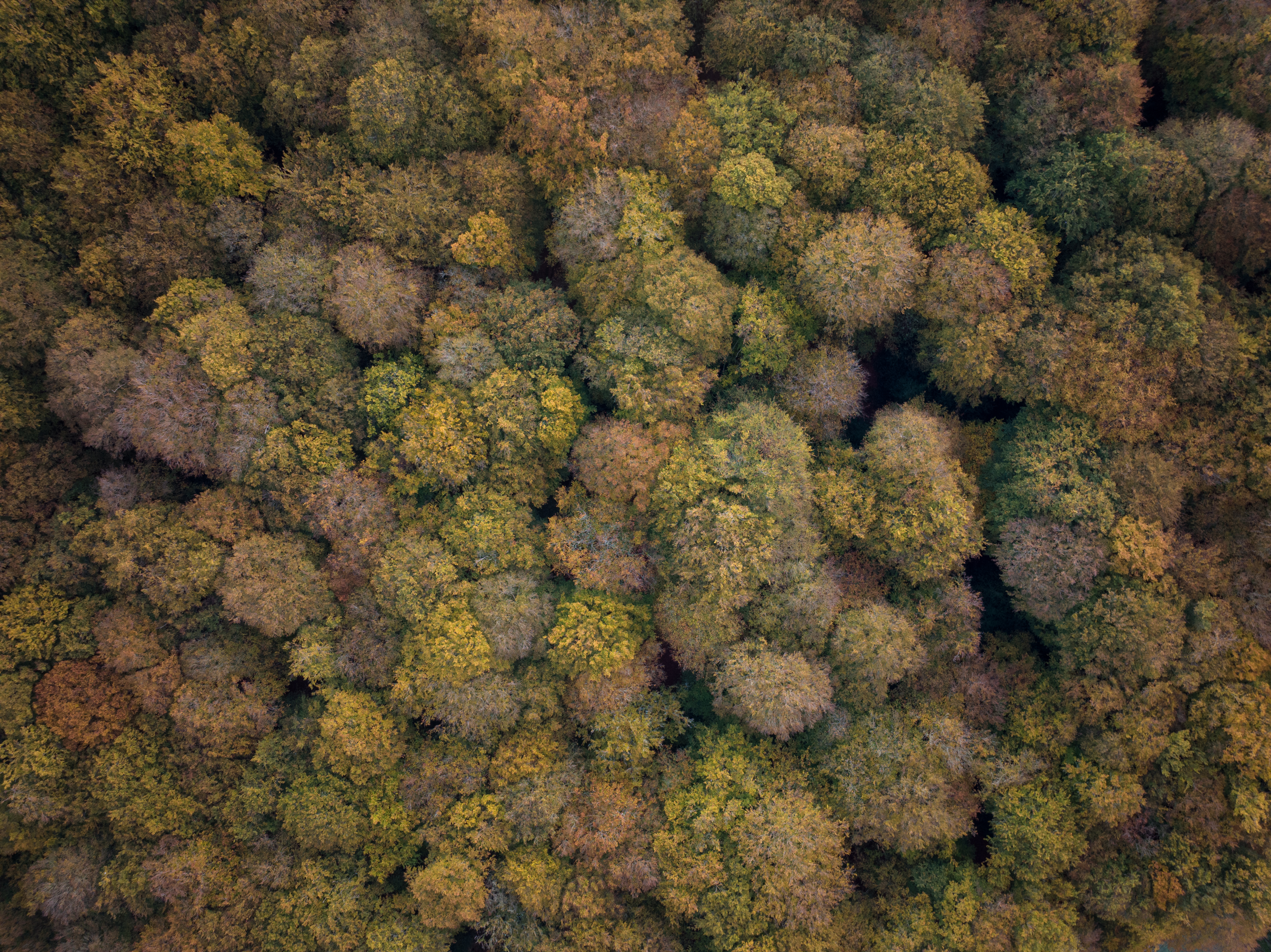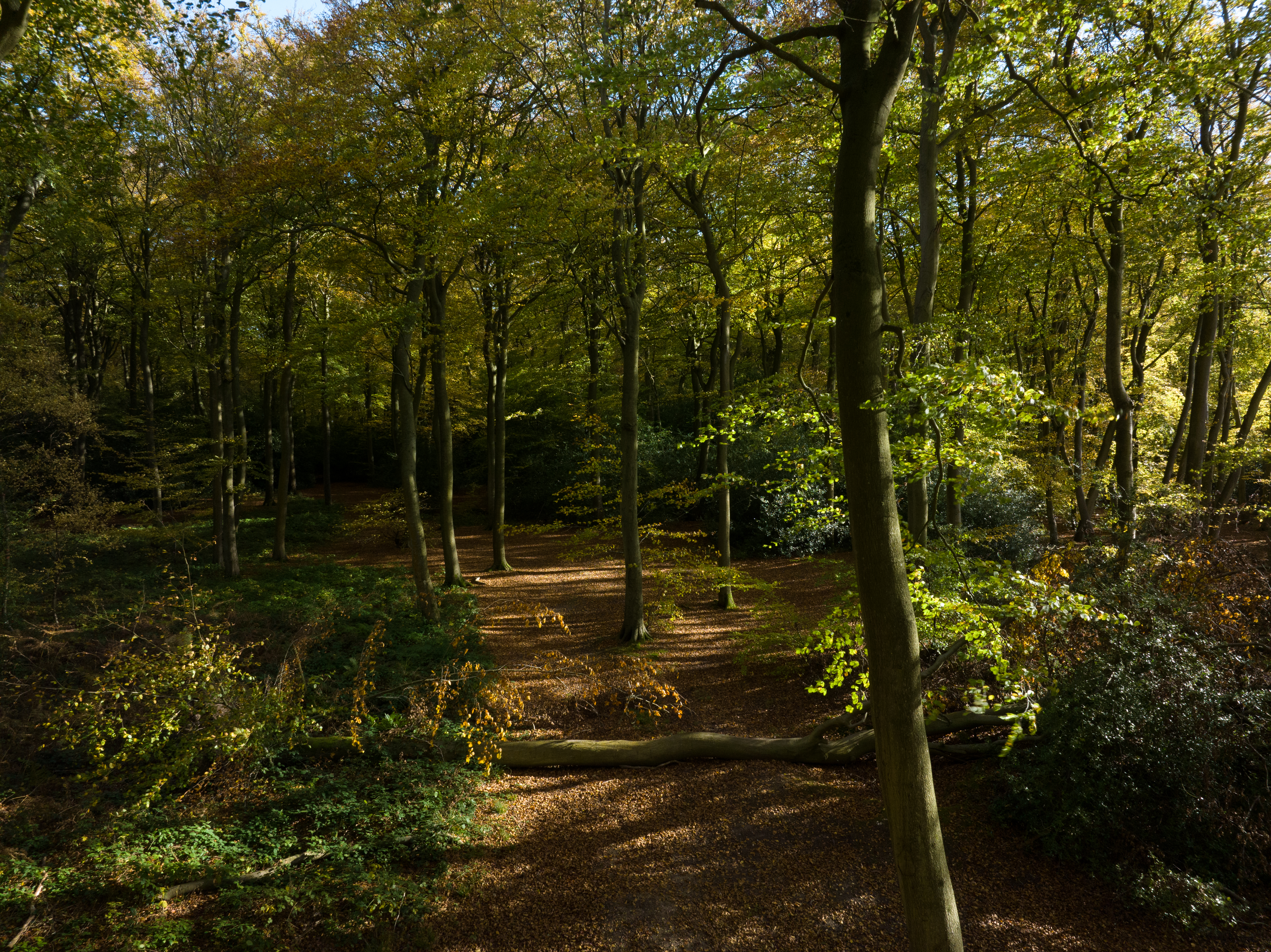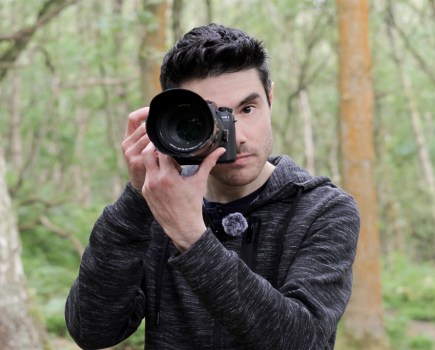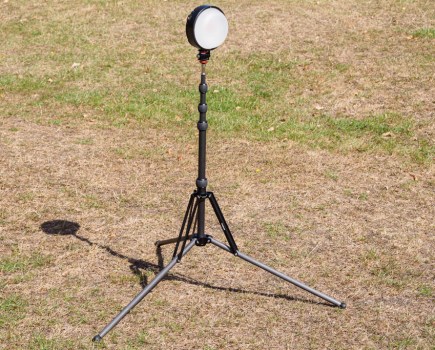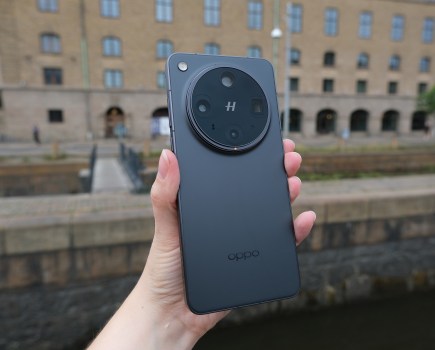Amateur Photographer verdict
With a sensor size of professional-level drones the DJI Magic 3 is great for pro aerial landscape photographers and videographers. Portable and, after initial set-up, ready to fly in minutes.- Very easy to fly
- Superb quality stills and video
- Long flight times
- No raw from telephoto camera; only JPEGs
- Lens flare can be a problem
At a glance
- $2,049 / £1,689 Standard kit
- $2,849 / $2,289 in the Fly More Combo
- Drone with integrated camera
- Flight time 46 minutes
- 20MP Four Thirds CMOS sensor
- Max video resolution of 5.1K (5120 x 2700) at 24/25/30/48/50fps
- 24mm (equivalent) f/2.8 lens
- 3-axis motorised stabilisation
Why you can trust Amateur Photographer
We spend many hours testing every product that we review, in detail, in a variety of shooting situations. Products are tested and reviewed by experienced experts every time. Find out more about our expert writers.
The Mavic 3 was DJI’s widely anticipated replacement for the Mavic 2 Pro and Mavic 2 Zoom. We hear that release of a Mavic 4 is imminent, which could see the price of the Mavic 3 drop – here’s hoping. It feels timely to revisit on those grounds alone; and because we found it to be superb. See the other best drones with cameras for comparisons and other recommendations.
These drones feature 20MP 1-inch type and a 1/2.3-inch type sensors respectively, so the 20MP Four Thirds format sensor in the Mavic 3’s main camera marks a major step-up, with the larger sensor boosting image quality.
When the 24mm (equivalent) main camera is in action, the Mavic 3 is able to shoot 12-bit DNG raw files or 5.1K video at up to 50p while 4K video can be shot at up to 120p – perfect for rendering action in slow-motion. Just above this, there’s a second camera with a 1/2-inch type CMOS sensor and an effective focal length of 162mm plus a digital zoom. This camera is limited to shooting JPEGs for stills or up to 4K video at 30fps, and is best suited to checking out distant objects and route-planning, before flying closer to use the main camera.
Back to the 20MP camera, there’s a variable aperture (f/2.8-11) which is handy when you need to keep the shutter speed down to twice the frame rate for video. The sensitivity can be set in the range ISO 100-6400 for stills or video and there’s a shutter speed range of 8-1/8000sec.
DJI Mavic 3 Key Highlights
- Folding design – Once again, DJI has used a folding design to make the Mavic 3 easier to transport between flights
- Dual cameras – In addition to the 20MP Four Thirds type main camera (made in collaboration with Hasselblad), the Mavic 3 has a 12MP telephoto camera with a 1/2-inch type CMOS sensor
- Object avoidance – Omnidirectional sensors help the Mavic 3 stay away from branches, cables and posts
- Familiar Controller – The Mavic 3 is supplied with the same controller as the DJI Air 2S and Mini 2. This connects to and holds your smartphone as it runs the free DJI Fly app
- Storage – There’s 8GB of storage on board the drone, but there’s also a microSD card slot for greater capacity and easier file transfer.
Longer, safer flights
A major upgrade was the promise of a flight time of up to 46 minutes from the rechargeable battery. In reality, I found 36 minutes closer to the mark, depending upon the windspeed and rigour of flight, but this is still a good flight duration. Nevertheless, I’d recommend buying at least one spare battery, or the Fly More Combo which comes with three batteries and a charging hub, so you can make the most of the light at your chosen location.
Thanks to a collection of wide-angle sensors, the Mavic 3 has an omnidirectional object avoidance system that quickly detects objects in the flightpath and either stops the drone or directs it around the object depending on how you set it up.
DJI also upgraded the transmission system that operates between the controller and the drone, making it more stable and extending the range to 15km – which would require special permission.
In addition, the Return to Home (RTH) system is able to take the windspeed into account and calculate the most power-efficient route back to its starting point, so you get maximum use out of the battery power.
There’s also a collection of intelligent flight modes including the MasterShots that were introduced with the DJI Mavic Air 2S and QuickShots that have been around for quite some time. Interestingly, although the Mavic 3 is on sale, DJI has yet to release the firmware that unlocks these modes for the new drone. While features such as ActiveTrack 5.0 make it easier to keep a moving subject in the frame, most of the automatic and semi-automatic flight modes are nice additions rather than essential for most users of a Mavic 3.
DJI Mavic 3 Image quality
Thanks to the large sensor and high-quality optics, the Mavic 3 is capable of capturing superb-quality video and stills. Straight from the camera, the JPEGs look brighter than the raw files, but that’s easily amended and both show a good level of detail. Blue skies tend to look oversaturated in both file types, but again this can be adjusted easily.
If the drone is close to the subject and you set a wide aperture, you need to be careful about where you set the focus. But for most aerial shots, the depth of field delivered by the 24mm equivalent lens ensures that the scene is acceptably sharp.
Flare can be a significant issue, so it’s important to keep an eye on the angle of the sun in your shots and check for hotspots.
DJI Mavic 3 Verdict
Although it’s listed in DJI’s consumer range, the Mavic 3 has a sensor size that has previously only been seen in professional-level drones and there’s plenty to satisfy pro aerial landscape photographers and videographers. It’s also conveniently portable and, after the initial set-up, can be ready to fly in a couple of minutes.
As usual with DJI’s modern drones, the Mavic 3 is very easy to fly while the object avoidance helps keep it safe. Its price may give pause for thought but, for now, it remains the best imaging drone around.

Staying legal
In the UK, you need to register your drone with the Civil Aviation Authority (CAA) and obtain an Operator ID and Flyer ID via https://register-drones.caa.co.uk.
The Mavic 3 is classified as a ‘legacy drone’ under the drone regulations and, as it weighs more than 500g, you must have an A2 Certification of Competence if you want to fly it closer than 150m to residential, recreational, commercial and industrial areas. Since January 2023, an Operational Authorisation is required from the CAA (which requires a General Visual Line of Sight Certificate) to fly within those distances.
Follow AP on Facebook, X, Instagram, YouTube and TikTok
Want more options? Check out our guide to the best drones with cameras you can buy right now.


